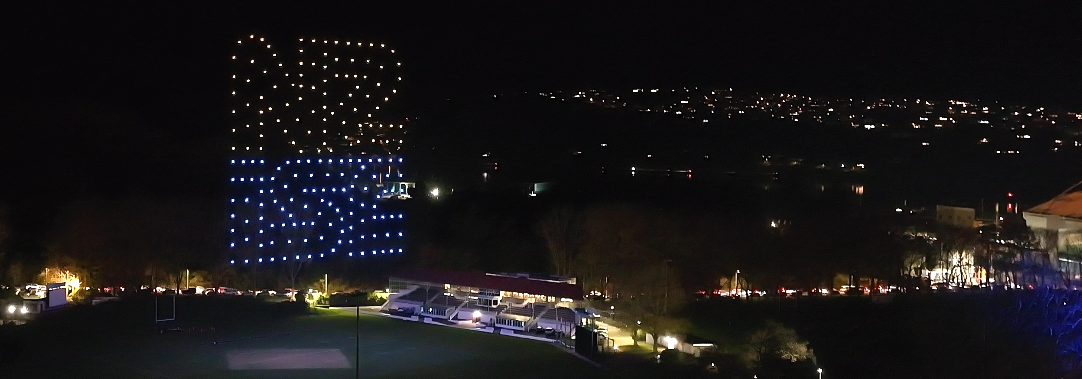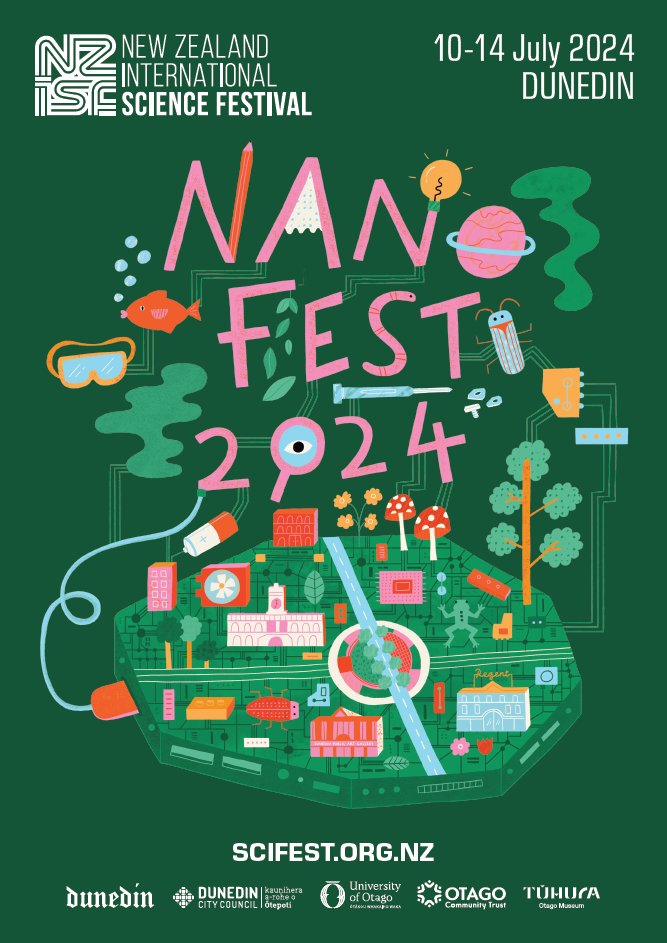
The tenth Art+Science Exhibition, with 'memory and mind' as its focus.
From the earliest neuro-anatomical mapping of the brain’s neurons, to cellular networks which embody our memories, to the neural networks we are creating in AI, our memories define and will continuously re-define us and our behaviours. What is interface between an embodied person and an AI? What is at the centre of AI beyond its function. AI is built back from purpose not built forward from something that is within an ecological system. What is an AI rock or bee? What happens when the power goes off?
Our world has been changing for millennia and us within it. Nature is a system that leaves traces as it moves through shifts and feedback loops. We see the accumulations of annual change in the residue of the seasons in tree rings and gradual or traumatic transitions recorded in stone and ice. As a species we can only survive in a critical zone of the world’s complex processes which create a habitat suitable for us as humankind. The things that shape our lives shape our memories and shape and reshape the physical structures within our brains.
Connections with our habitat, local environment and each other are at the centre of how our memories are laid down. How much can we learn from the communications that lie behind all communication and relationship? What of the sensory apparatus and perception for all beings? How do, and what can we learn from, or apply to our understandings of ourselves as human? Are animals self-aware?
We are embodied - what is the mind+body connection? Where and how do we think and how do we feel? Why are we transported or triggered emotionally by sound and smell associations from our memories - a karanga, a sonata, the smell of rain on hot earth? What are our shared cultural and social systems? We know that ideological thought sets up shared norms, values and belief systems that we take for granted. How do we navigate the unknown in the surrounding milieu of chaotic and uncontrolled influences? Where is the “Us” and “Them” in all our relationships.
Against this backdrop we explore what it is to live in a world in which being human is not the most important thing.
Exhibition Dates
This exhibition runs for longer than the NanoFest dates. It is on from 10am - 3pm daily from 8-20 July.
Associated Events (all held at the Dunedin Community Gallery, all require booking. Please click the event title to book tickets.)
Meet the Scientists
Saturday 13 July, 12pm - 1pm, booking required, free
Join us to hear from scientists who contributed to the Memory + Mind exhibition. Explore the exhibition with the experts on hand to answer your questions.
Mahi Toi, Mahi ora
Sunday 14 July, 12pm - 3pm, booking required, free
Mixed media mahi toi workshops hosted by local artists Savannah Kerekere and Michael-Lydia Winiana.
(EVENT SOLD OUT)
Whaka papa workshop
Thursday 18 July, 10:30 am - 12pm, booking required, free
Join in this workshop with Jesse-James Pickery (Ngāpuhi, Ngāti Whātua) as he guides the making of a pūtangitangi (Māori wind instrument) from a range of clays and shares some tohu you can use to illustrate a small kōrero of your own.
Q&A Panel on Art + Science
Saturday 20 July, 1pm - 3pm, booking required, free
Join us as we discuss the relationships between artscience, sci art and science communication. Our panel of experts will discuss these questions and more in a panel discussion event. Light refreshments provided.
BEE Creative workshops
Daily from 8-20 July, 10:30am-12pm, booking required, free
Pam McKinlay from the Dunedin School of Art uses art workshops to give children a better understanding of native bees - what they look like, where they live and how they help us. Many of the ngaro huruhuru/native bee species are so small we don’t even notice them. Find out from Dr Jenny Jandt, Otago University bee researcher, just how important native bees are and what we can do to protect them.




